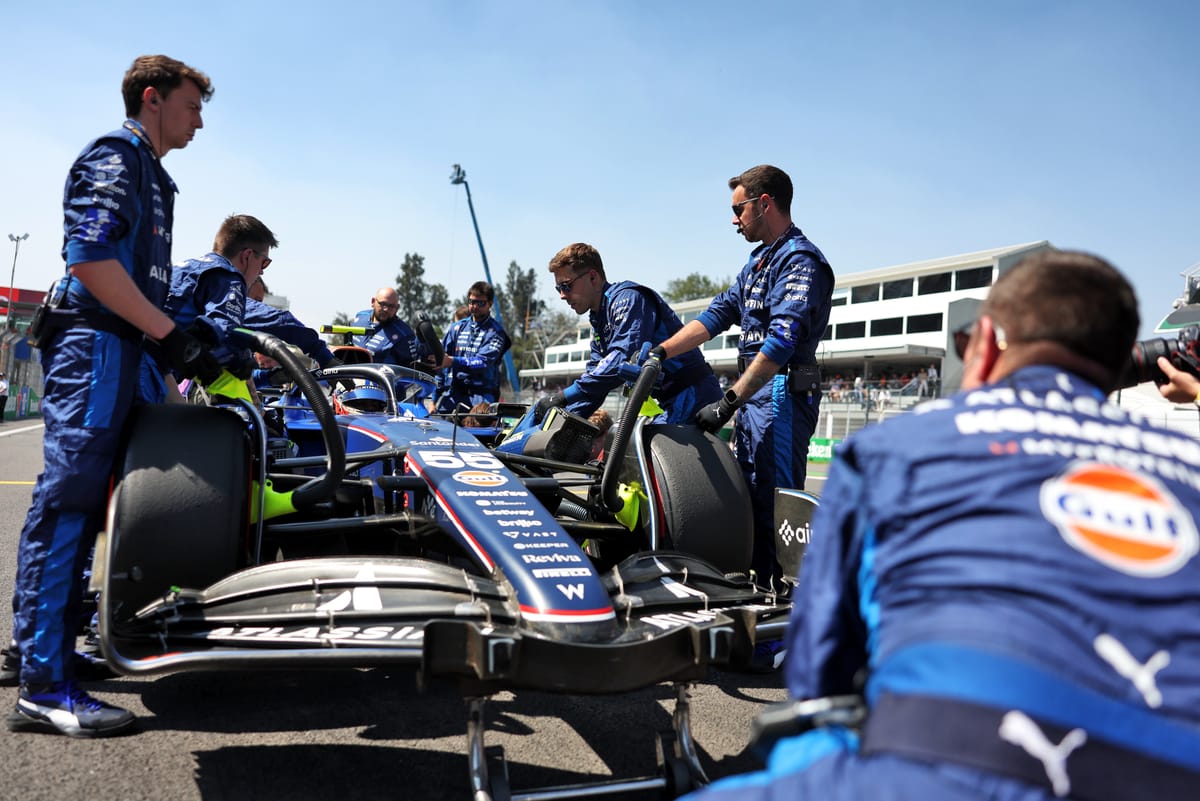
Ferrari Makes Final Design Choices for 2026 F1 Car Amid Promising Performance
Ferrari's recent encouraging performances in the United States and Mexican Grands Prix have led the team to revise its plans for the F1 2026 car, opting for 'fewer changes' to the suspension than initially projected. This decision comes as the Scuderia moves closer to finalizing the design of Project 678, the car Charles Leclerc and Lewis Hamilton will drive next season.
Why it matters:
Ferrari's cautious optimism regarding its 2026 suspension strategy signifies a shift from a potentially radical overhaul to a more evolutionary approach. This suggests a growing confidence in their current understanding of car dynamics, particularly given the SF-25's previous ride-height issues. A stable platform is crucial for the new regulations, and this measured approach could provide a more reliable foundation for their 'revolutionary' engine design, aiming to return Ferrari to championship contention.
The Details:
- Performance Influence: Strong showings in the U.S. and Mexico, including two podium finishes for Leclerc, have reduced doubts about the SF-25's fundamental weaknesses. The car's unexpected stability on the bumpy Circuit of the Americas was particularly influential.
- Suspension Evolution: Instead of significant modifications to both front and rear suspension, Ferrari will primarily focus on refining 'elastic response values of components such as torsion bars and heave dampers' for 2026. Heave dampers are critical for managing ground clearance.
- Current Suspension Issues: The SF-25 has been plagued by a ride-height problem, leading to excessive skid-block wear and even Lewis Hamilton's disqualification in China. This forced the team to compromise performance by raising the car's ride height.
- Pull-rod Adoption: For 2025, Ferrari switched to a pull-rod front suspension, a design favored by teams like Red Bull and McLaren, and introduced a new rear suspension layout at the Belgian Grand Prix to unlock more potential.
- Engine Development: Project 678 is also set to feature a 'revolutionary' engine for 2026, with an aluminum alloy cylinder head and a 'top-secret intake system.' This move came after a 'highly innovative steel cylinder head' proposal was abandoned due to reliability concerns.
The Big Picture:
Formula 1's 2026 regulations will see a significant shift away from ground-effect cars, embracing 50% electrification, fully sustainable fuels, and active aerodynamics. These changes are expected to inherently address Ferrari's current ride-height weakness, allowing the team to focus more on power unit and aerodynamic innovations. The Italian media, historically accurate with Ferrari's technical details, has been reporting on these developments for months, including the switch to pull-rod suspension and a darker livery.
Looking Ahead:
Ferrari's refined approach to Project 678's suspension, combined with its ambitious engine development, positions the team to capitalize on the new regulations. If their engineers can maintain the current car's newfound stability while integrating the innovative power unit, the Scuderia could present a formidable challenge in 2026, aiming to end their long wait for a Constructors' Championship.
Original Article :https://www.planetf1.com/news/lewis-hamilton-ferrari-f1-2026-project-678-suspens...










